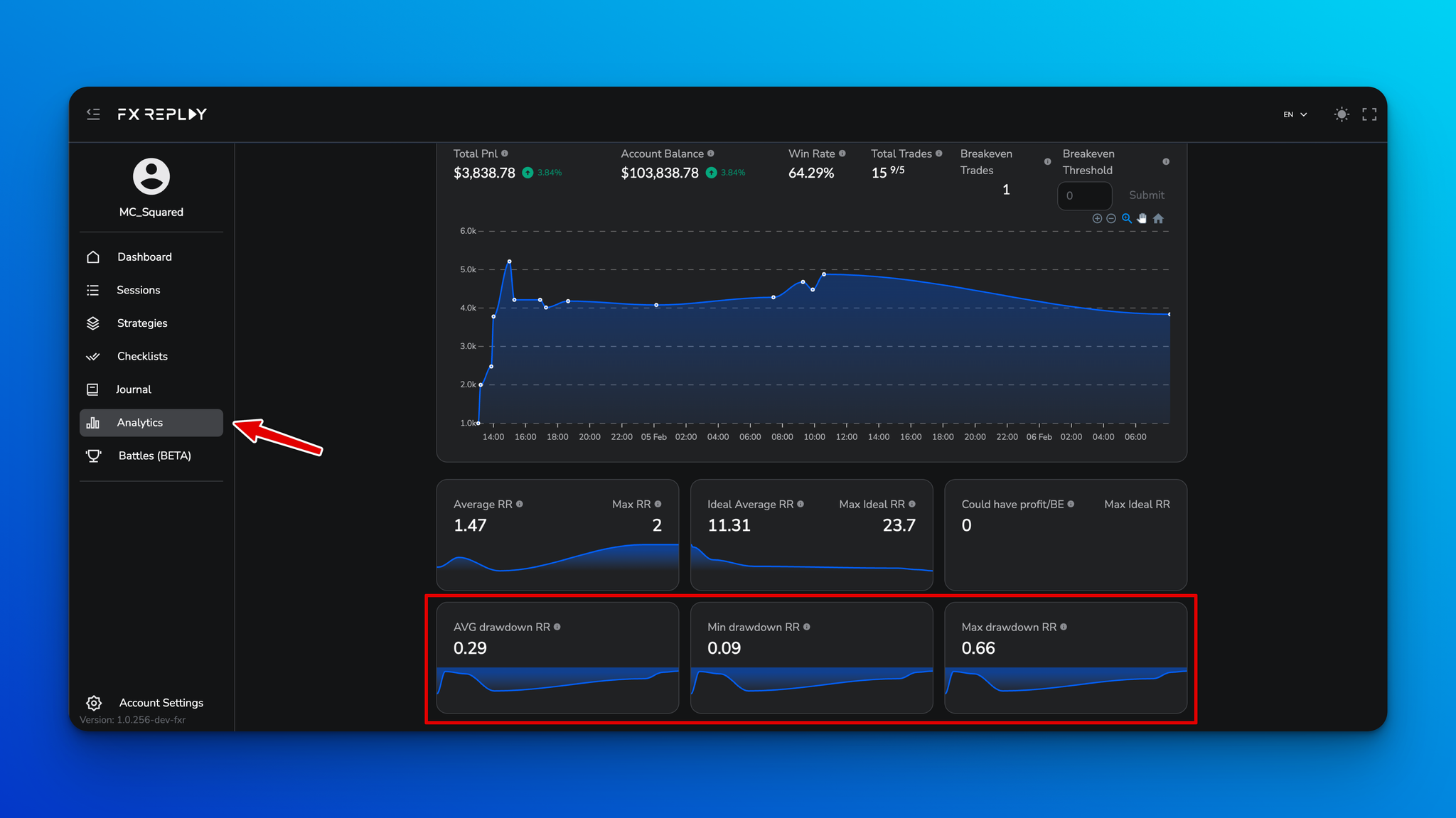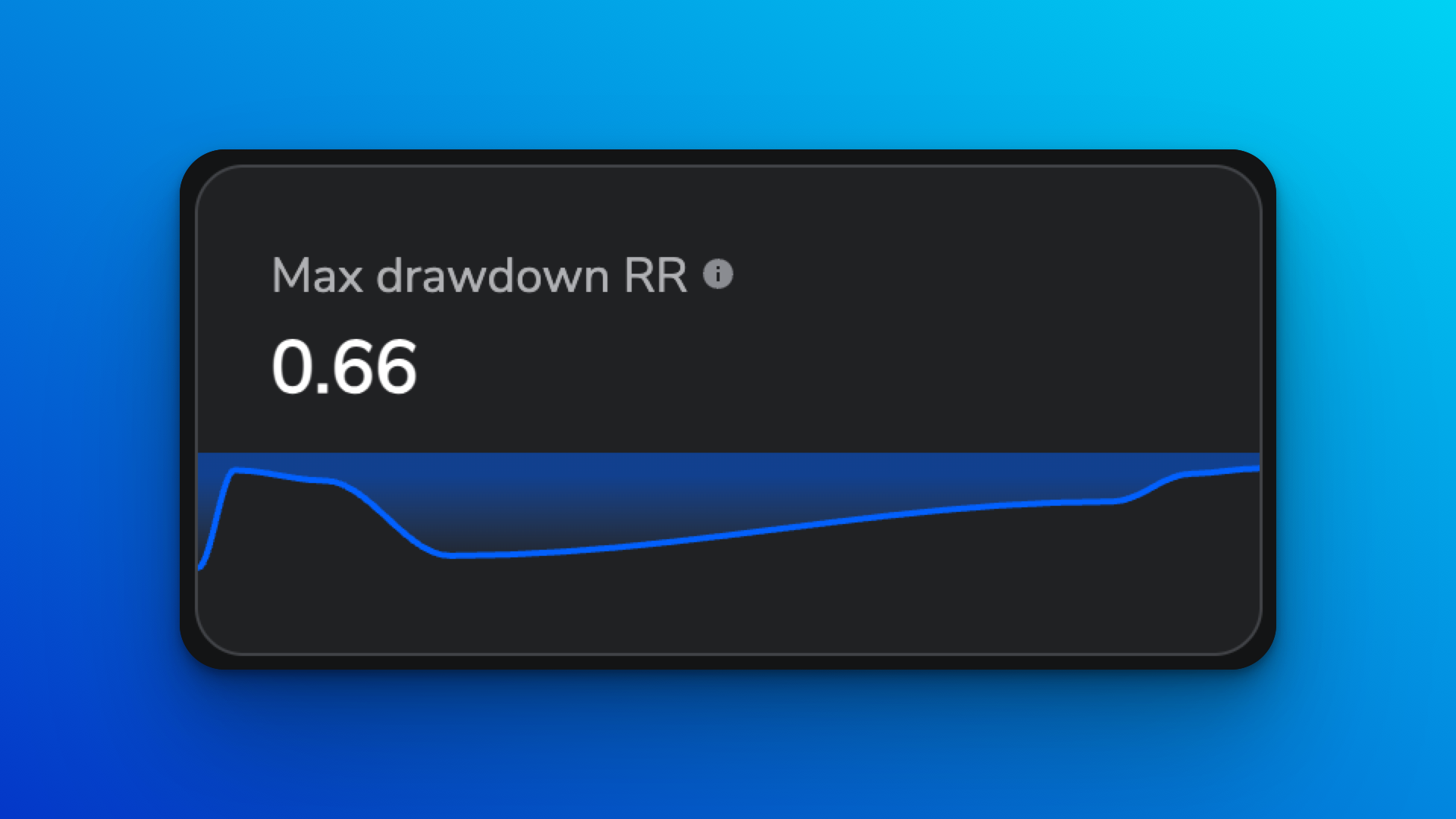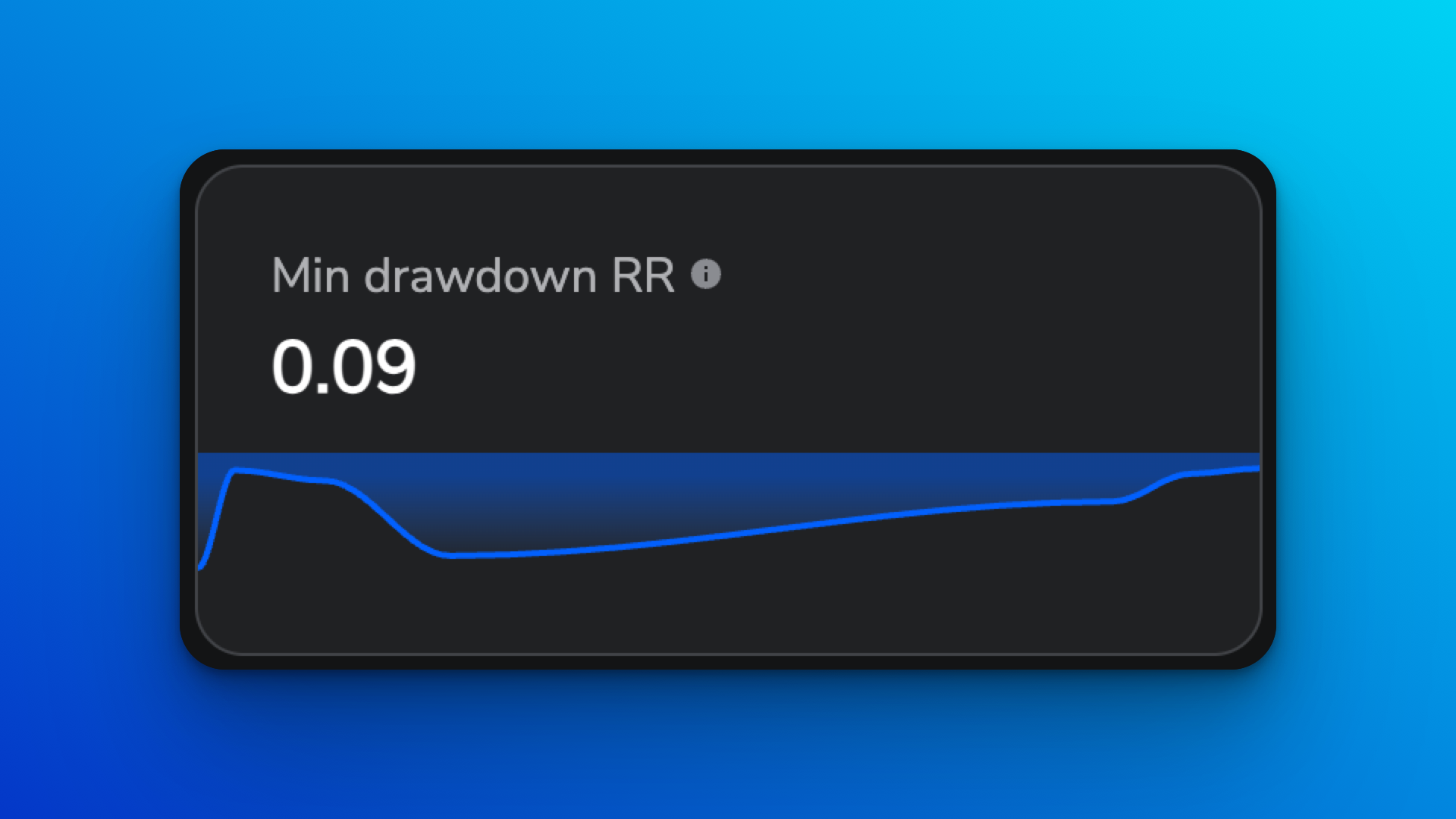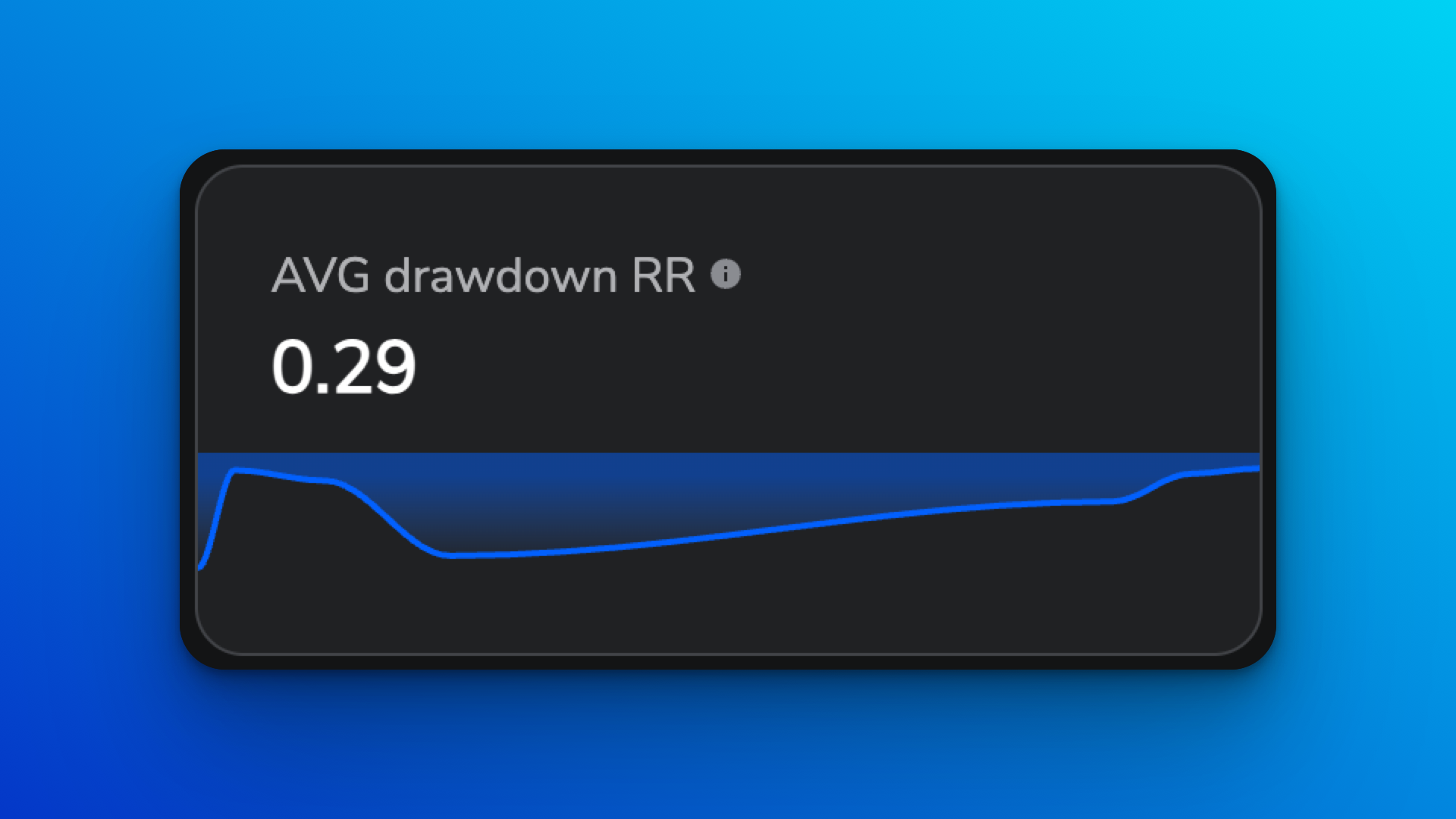How to Use Drawdown Analytics
Overview
Drawdown Analytics measure how much price moves against your position — in risk multiples (R) — before eventually closing in profit.
This feature gives you deeper insight into your winning trades so you can evaluate risk, tighten entries, and refine trade management.
In your Analytics Dashboard, you’ll see three key metrics that reveal how much “heat” your trades typically take before reaching their targets.
.png)
⚡ Why Drawdown Analytics Matter
It’s one thing to know your win rate. It’s another to know how much drawdown your winners experience along the way.
Before Drawdown Analytics
- You had no visibility into retracements on winning trades.
- Stop loss placement and scaling decisions lacked clear data.
- It was hard to tell if your SLs were too wide or too tight.
With Drawdown Analytics
- See the worst-case drawdown across your winners.
- Identify the cleanest wins with minimal pullback.
- Measure the true average drawdown of your trades.
- Use this data to improve stop placement, refine scaling, and cut unnecessary exposure.
👉 A small metric, with massive implications for risk management and strategy optimization.
⚙️ How It Works
1. Go to Your Analytics Dashboard
- After running a session with at least a couple of winning trades, scroll down to the Drawdown section.

2. Review 3 Key Metrics (Winning Trades Only)
- Max Drawdown (R): Largest pullback on any winning trade.

- Min Drawdown (R): Cleanest win with the least drawdown.

- Average Drawdown (R): Average pullback across all winners.

3. Understand the Values
- All results are shown in R-multiples (risk-based), not pips or dollars.
- Example: A drawdown of 0.29 R means price retraced 29% of your initial risk before hitting take profit.
📝 Important Notes
- Drawdown metrics apply only to trades that close in profit.
- Losing trades are not included.
- Values are always shown in R, not in monetary terms.
- Metrics update automatically as you log more winning trades.
- Great for refining SL placement, entry precision, and scaling strategy.















